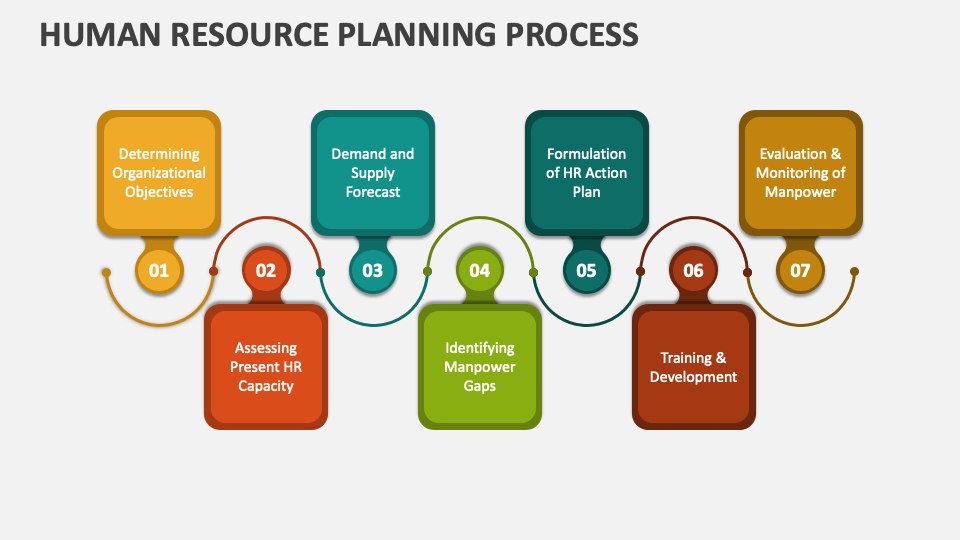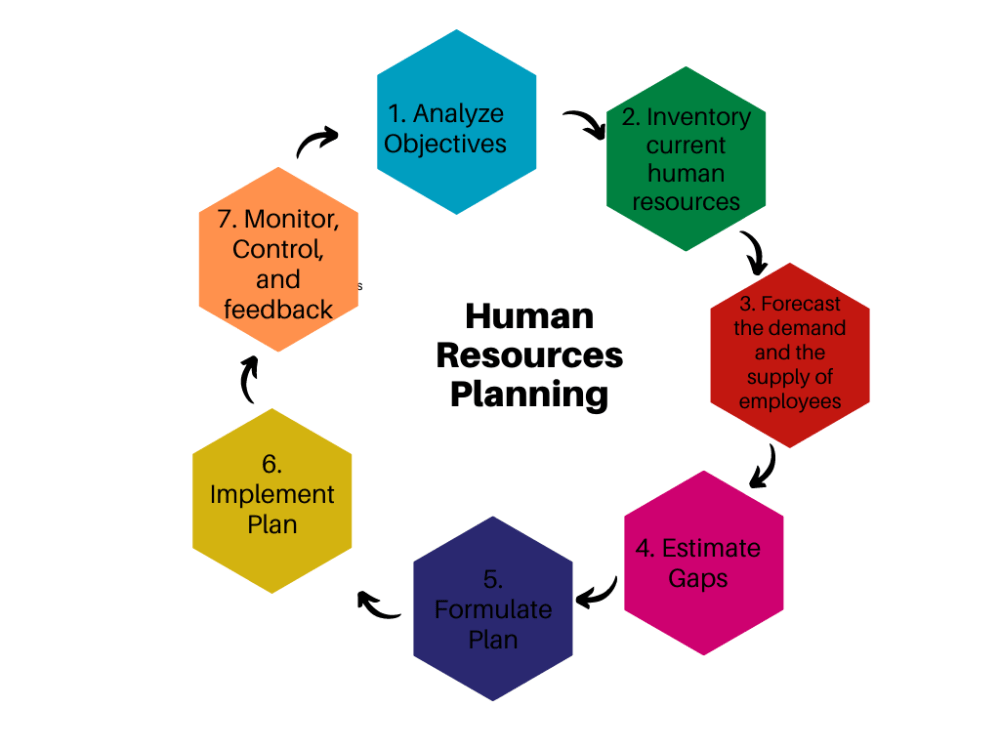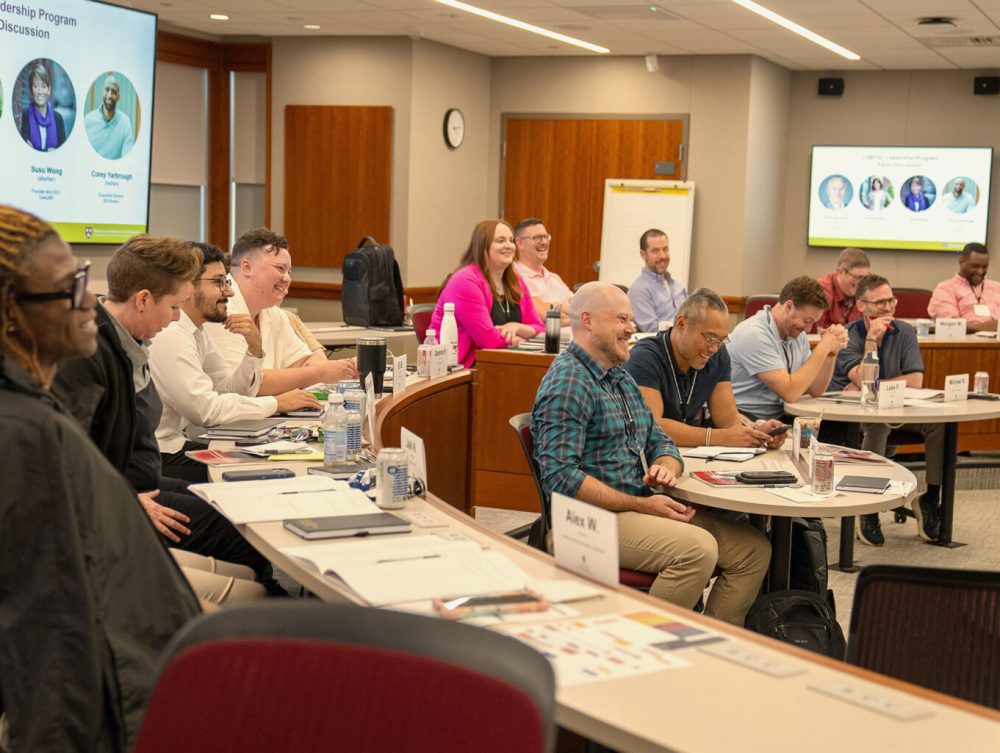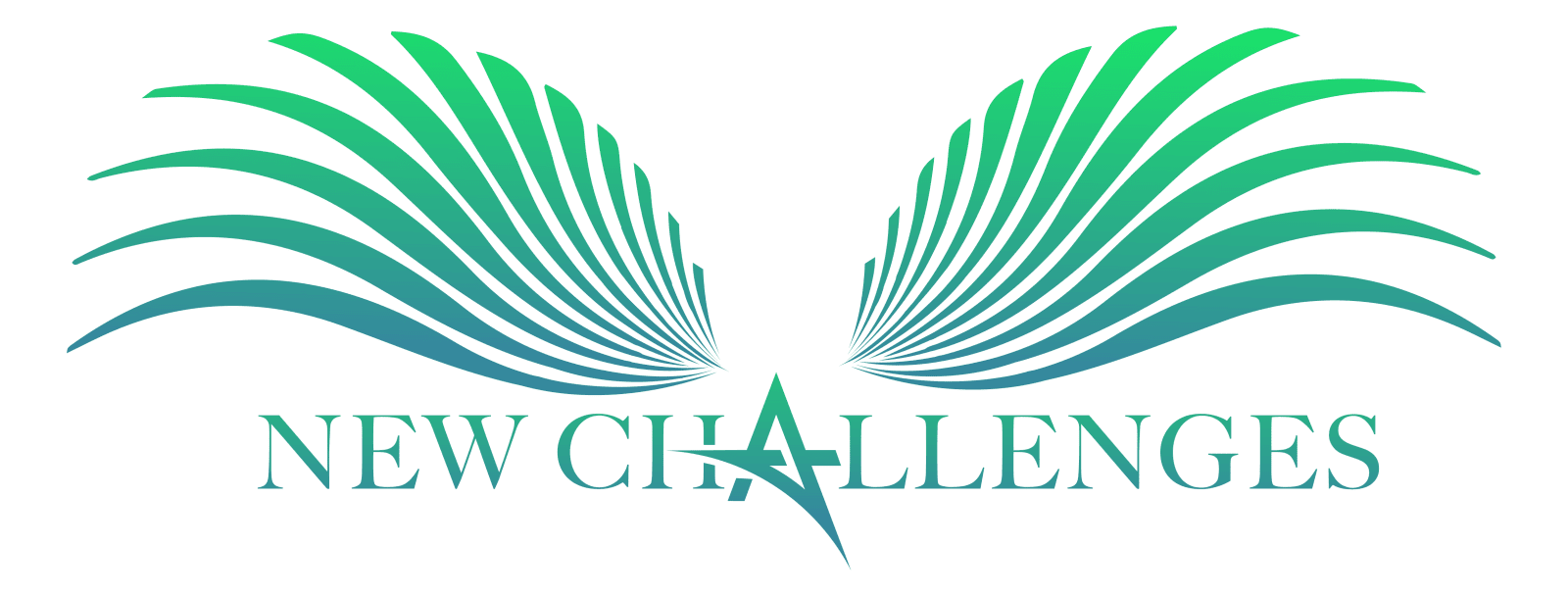” NewChallenges” Jobs Ads ”
📈 Key Steps in the HRP Process 📈
Analyzing Organizational Objectives:
✅The first step is to understand the long-term goals and objectives of the organization. This helps in aligning human resource planning with the overall business strategy.
✅Assessing Current Human Resources:
Evaluate the existing workforce to understand the current human resource inventory, including skills, qualifications, and performance levels.
✅Forecasting Future Human Resource Needs:
This involves predicting the future demand for human resources based on organizational goals, market trends, and potential changes in the business environment.
✅Identifying Gaps in Human Resources:
After forecasting, identify any gaps between the current workforce and future needs. This includes recognizing shortages or surpluses in skills and personnel.
✅Developing HR Strategies:
Create strategies to address the identified gaps. This may involve recruitment, training, development, and succession planning to ensure the organization has the right talent in place.
✅Implementing HR Plans:
Execute the developed strategies through recruitment, training programs, and other HR initiatives to build a capable workforce.
✅Monitoring and Evaluation:
Continuously assess the effectiveness of HRP strategies and make adjustments as necessary to respond to changing organizational needs and external factors.





